Chania
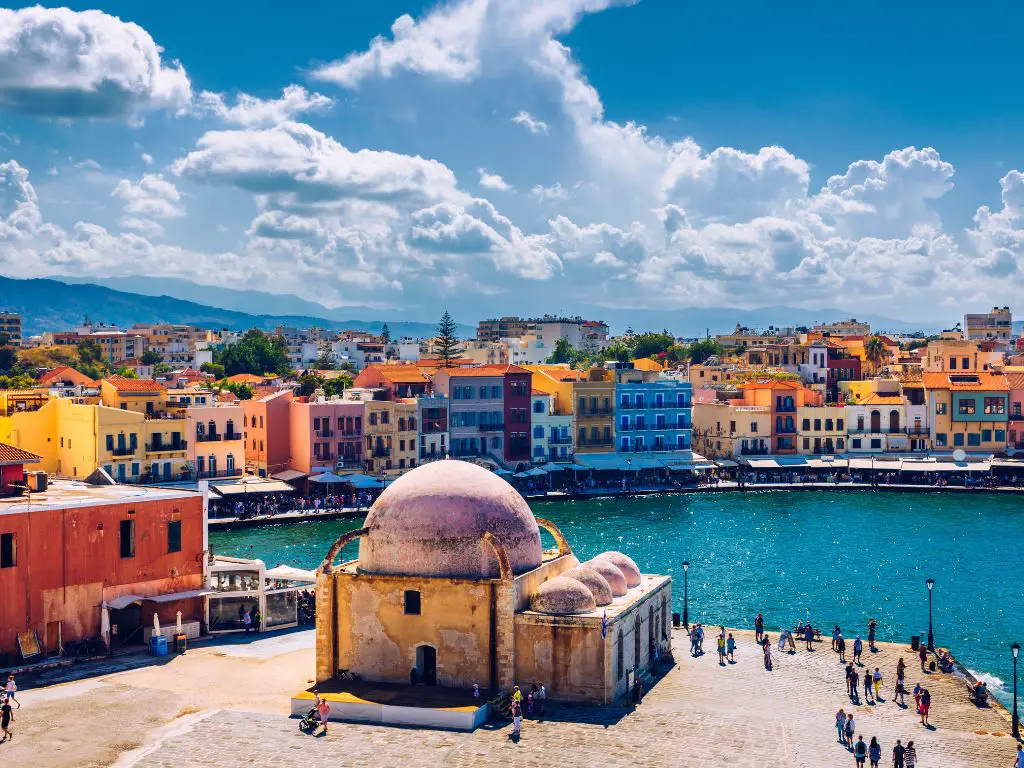
Chania stands at the westernmost point of Crete island, jewel of the southern Mediterranean waters. Today the city has a population of approximately 100,000 people. But, let’s see how this modern-day city has become what it is now.
Many a nights can be spend taking a slow stroll towards the lighthouse and nobody would complain!
The history
The area has an incredibly rich history and is said to have been inhabited since the prehistoric times. Ancient Kydonia was the town once build on where the modern city of Chania now stands. We can trace the first settlement, in the hill of Kasteli, back to 3650 B.C. It continued to grow and evolve until the Roman Empire occupied the area. In 330 A.D., the island of Crete was released from the Roman rule and annexed by the Byzantine Empire. The Byzantine authority on the island was interrupted by the Arab rule (824-961 A.D.) which was a very difficult period for the Cretan people.
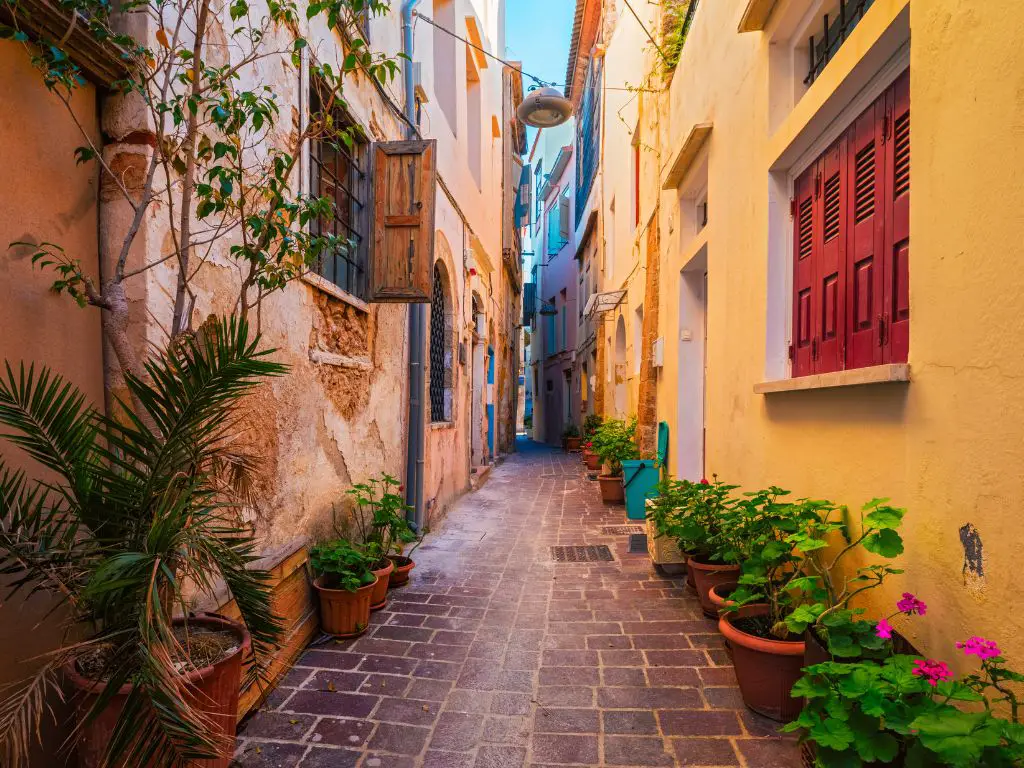
The end of the Byzantine Empire finds Crete under the control of the Venetians. A long period of 400 years (1204-1645 A.D.) which had a considerable cultural influence on the island. The city was reconstructed on the ruins of the ancient Kydonia, and its name was La Canea, which was then translated into the Greek language as Chania. That is the period where a huge architectural reform made the city look like the way it does today! The population remained Christian Orthodox, but Catholicism and western civilization also had a strong influence on the island.
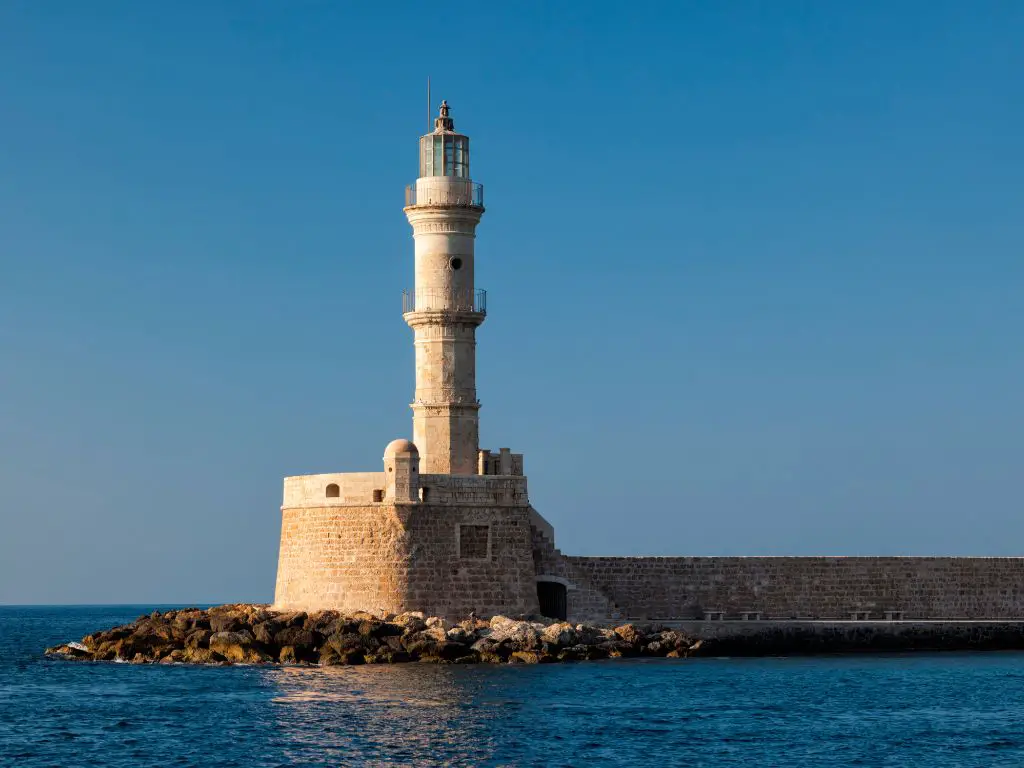
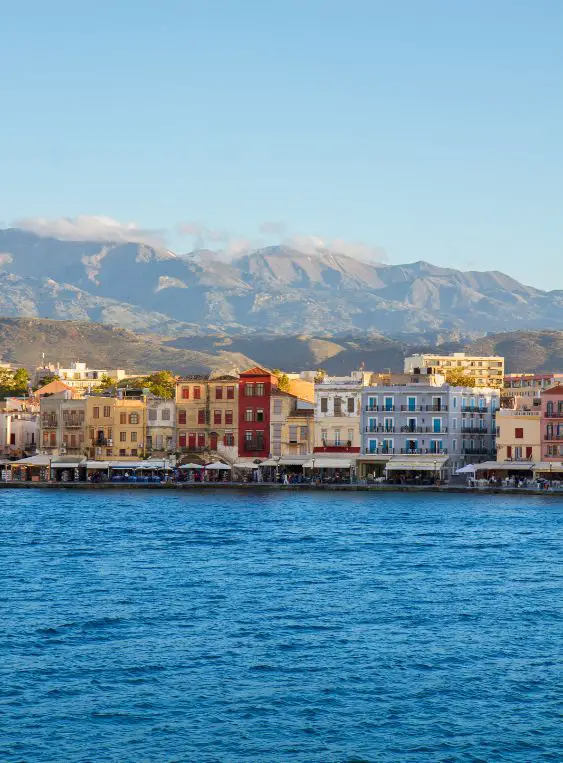
Cretan War
In 1645 the Cretan War began after the invasion of the Ottomans. Chania fell in 1645. The conversion of the monasteries and the building of new mosques changed the character of the city forever. While the Muslims and Christians coexisted, moments of tension were quite frequent. In 1851, the town became the Cretan capital and the Sultan granted increased rights to the Christian population, however, the authorities remained reluctant to implement them. During the late 1890s, the Greek state declared war on the Ottoman empire, and the first steps for the liberation of the island took place. Before the union with Greece, the island was autonomous for a short period of time. From 1898 till 1913, the Cretan State had Chania as its capital and during the first years as a Greek island, the city expanded both in terms of land and population.
Therissos
Therissos is the place where the mobilization for the union with Greece began. The unarmed population and a few Greek soldiers along with the allied forces defied the superiority of the opponent and fought bravely. Nowadays, there are commemorations during springtime for the ANZAC troops from Australia and New Zealand that fought heroically in the fight against the Nazis. As a result, there are two museums: the Historical and Folklore Museum and the Museum of National Resistance.
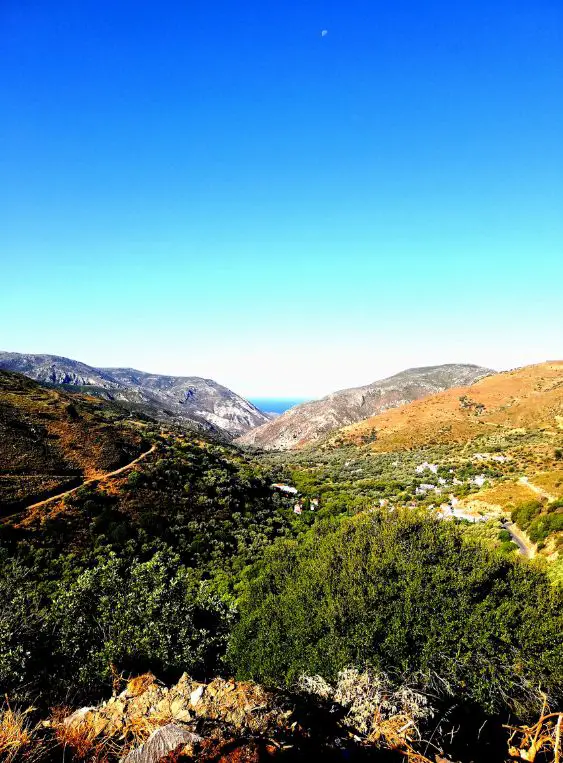
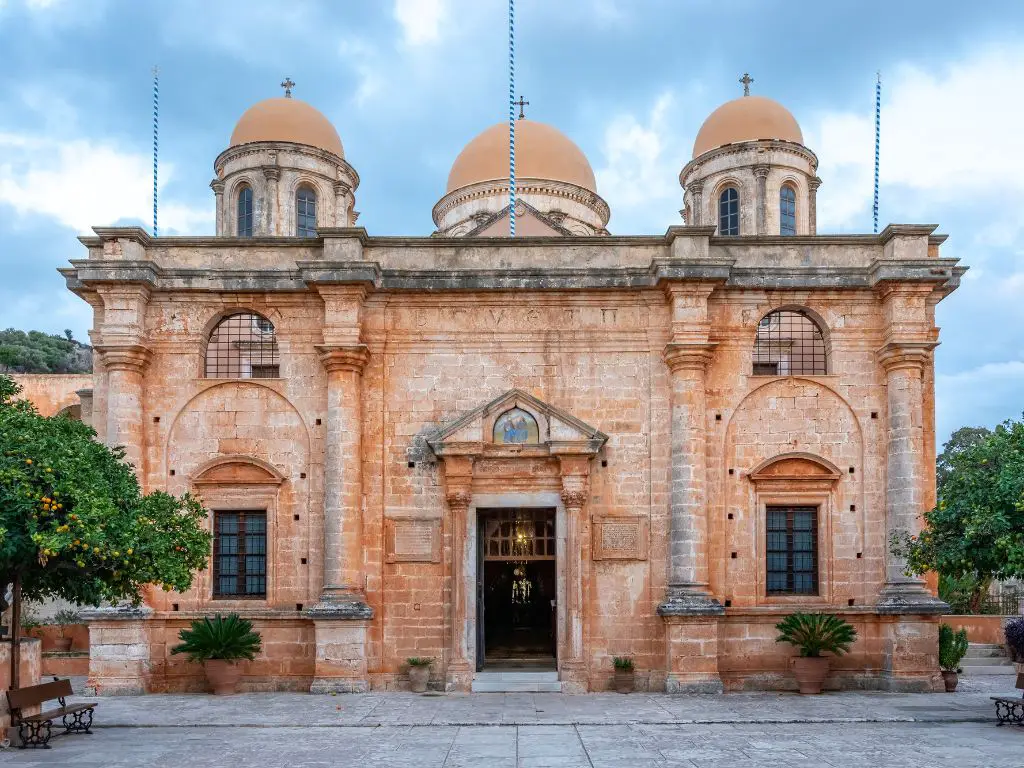
Akrotiri Peninsula
The Akrotiri peninsula is rich in cultural elements; there you can find some really important Orthodox monasteries, such as Chryssopigi Monastery, Gouverneto Monastery, and Agia Triada Tzagaroli Monastery. Plus, Akrotiri also hosts the Chania International airport ‘Ioannis Daskalogiannis’, which is only 14 km away from the city.
Famous Cretans
The wider area of Chania has also given birth to two of the greatest Greek figures, Eleftherios Venizelos and Mikis Theodorakis. Venizelos was one of the most important politicians in the country. His role was vital in the autonomy of the Cretan State and in the unification of the Greek state. He was elected eight times in total as the Prime Minister of Greece.
Theodorakis is one of the best composers and songwriters of the country. He is known worldwide for his music, (Zorba the Greek) and within the country for his talent along with his political activism.

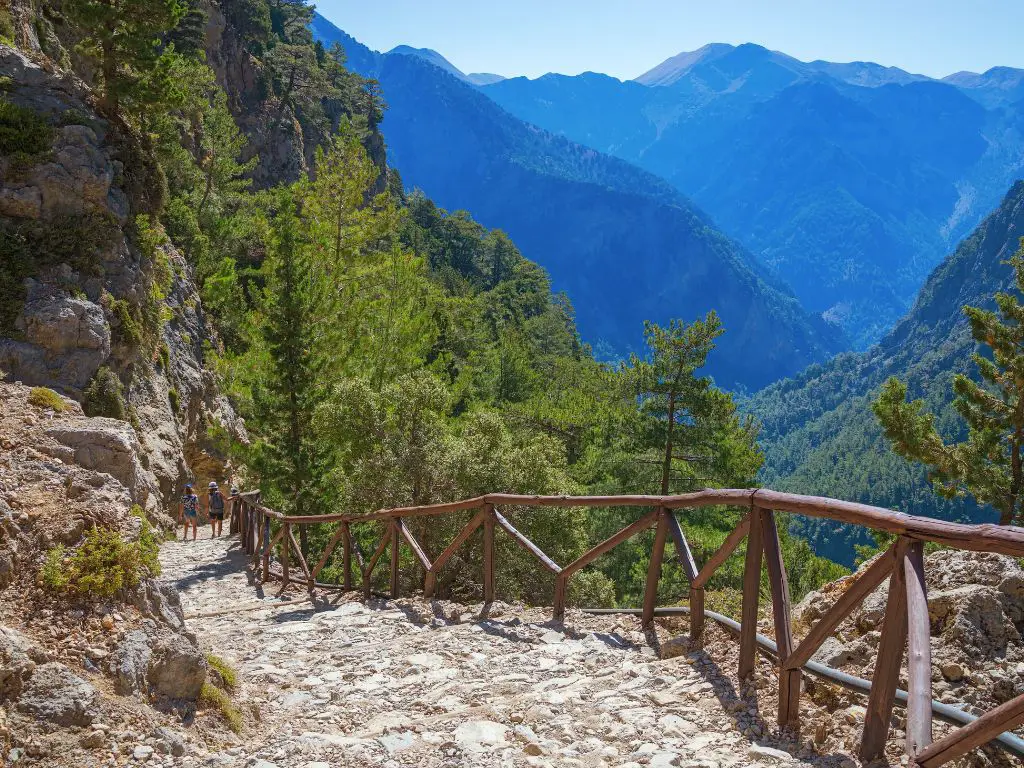
Hiking
The Chania regional unit has the three most visited gorges on the whole island! The first and most popular is Samaria Gorge. A national Greek park and a biosphere reserve, the gorge attracts plenty of tourists who want to walk it through! The distance of the hike is approximately 16km, from the north point of entrance to the shores of the Libyan Sea. It takes 5 to 7 hours. The most well-known part of Samaria is the ‘Gates’, a narrow 4-meter passage between to cliffs of a 500 meters height. Kri-Kri, the Cretan goat, has found refuge in the gorge (and it is quite likely that you will meet one of them during your hike), along with other endemic species.
The second, the gorge of Agia Irini starts from the small village of Agia Irini and continues through the western part of the White Mountains until the Sougia village in the coast of the Libyan Sea. The distance is shorter, only 7,5 km, and the walk is much easier than the one of Samaria. Plus, it is open all year round and has fewer visitors.
The third hiking gorge in Chania, Imbros, together with the previous two, all belong to the E4 European hiking path. Imbros is the easiest of the three and is also suitable for kids. A 2 maybe 3-hour hike should be enough for you to cover the 11km path. The starting point is the Imbros village that stands 700 meters above the sea level, and the exit point is the Komitades village. The gorge was part of the old trail from Chania to Sfakia, and as a result, the place for many battles in the 19th century.

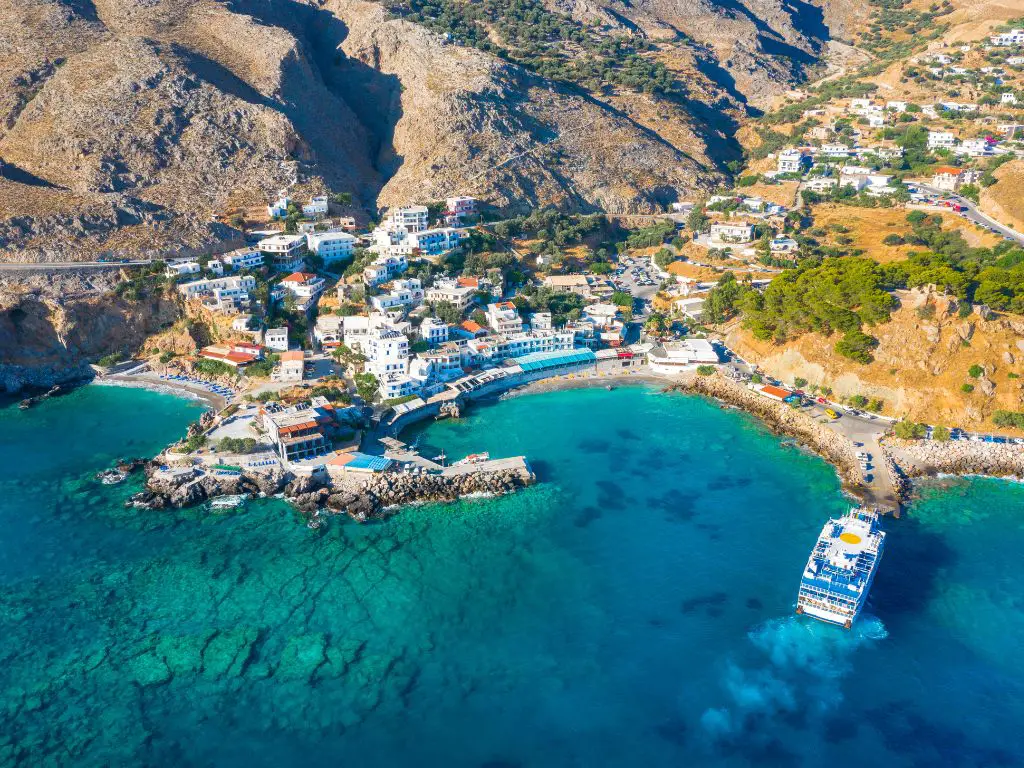
Region of Chania
Apart from the city, the area of Chania has so many places worth visiting. In the southern part, you can find Sfakia, a place full of history and tradition. It is one of the few Greek areas that have never been fully occupied by a foreign power. The mountainous landscape, the graphic beauty of Hora Sfakion (which is also the place that the Allies used in order to evacuate the island when heading towards Africa and it is often called the Greek Dunkirk) and the amazing, less crowded beaches of the Libyan Sea will mesmerize you.
Maleme
Maleme is another place of historial importance that can be visited in the area. In the battle of Crete, it was the place where the German paratroopers started the invasion. Today, a German cemetery and a memorial of the Royal Air Force of the United Kingdom for those who fell during the battle can be found there.
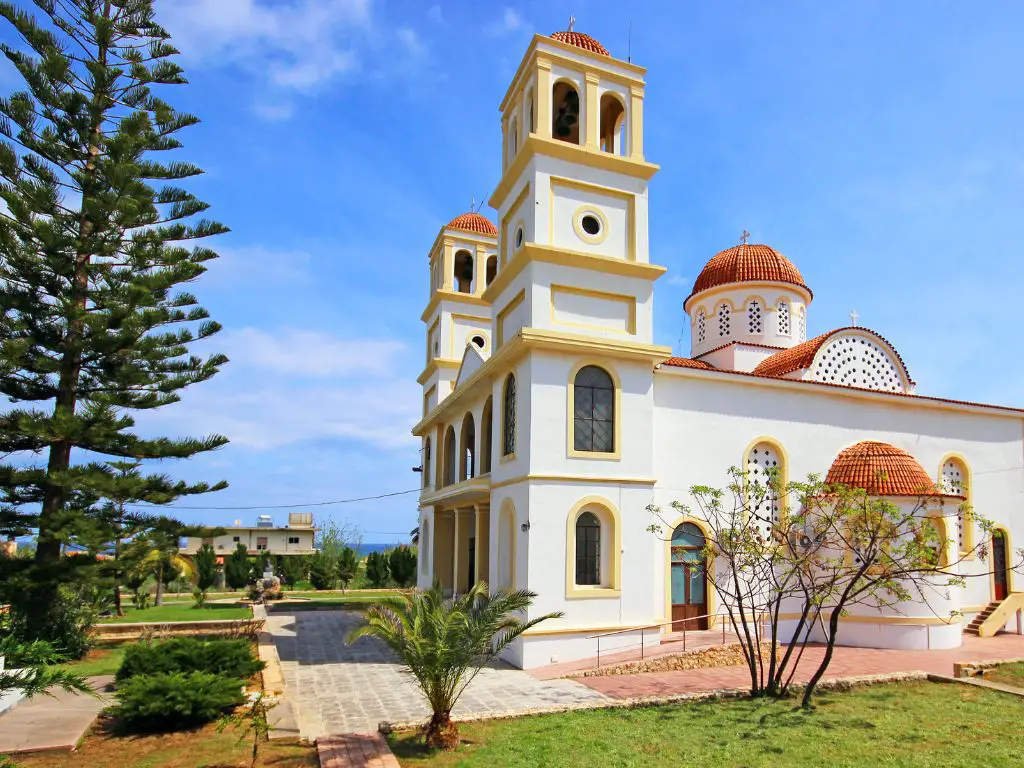
Another World War II cemetery is located in Souda, that honors the dead of the Commonwealth. Souda also hosts the port of Chania, that links the island to Piraeus and to other islands, and serves as a NATO naval base. There are also several villages that have been recognized as places where a great part of the population suffered or was killed during the war. Some of them are: Kakopetros, Kallikratis, Kandanos, and Kontomari.

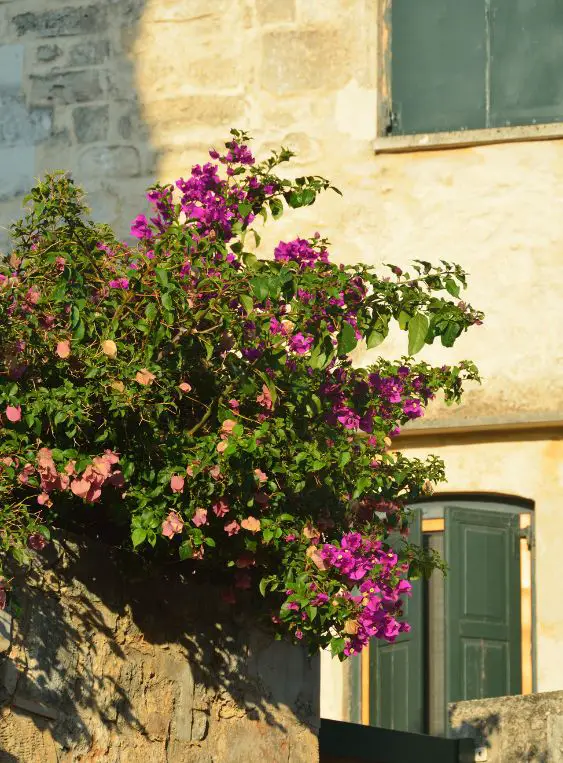
Vamos
Vamos is another village that is rich in history and character. Created by Arab invaders during the 8th century, it gained significant importance at the time of the Ottoman rule. The Pasha (Bashaw) named it the capital of the prefecture of Sfakia. Its geographical position, close to the Lefka Ori (White Mountains), and the big number of the Ottoman authorities in the village made it the center of many historical battles for the union of Crete with the Greek state.
Beaches
Chania is really famous for having some of the most breathtaking beaches not only in Greece but in the whole world. Elafonisi is a Natura 2000 protected area and the home of the endangered loggerhead sea turtle. It is one of the most famous beaches in Crete, located in the South-Western part of the island. Its unique shaping, a peninsula that quite often is separated into two parts by water, gives you the idea that the beach is a separate island! The colors of the sand and the water are similar to what you would expect to find in the Caribbean.
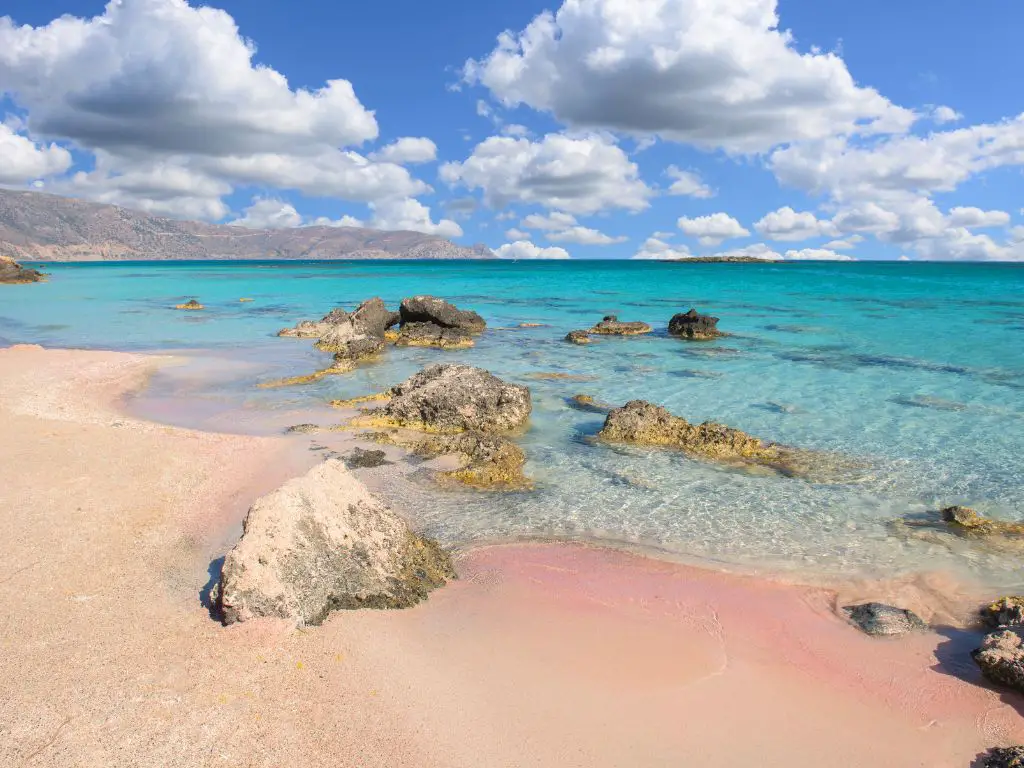
If you are a naturist, Kedrodasos beach, only 1 km away, is secluded, covered by juniper trees is one of the most untouched beaches you could enjoy. Balos is in the north-western part of Crete. It’s the most photographed beach on the whole island! Another exotic scenery with shallow waters, ideal for young travelers. The wider region is protected under the Natura 2000 program, due to its rarity in flora and fauna. Balos is also home to the Caretta-Caretta turtle and the monk seal, two species that face extinction.

Falassarna has been awarded as the best beach of Crete and has also been voted as part of the top 10 beaches in Europe. The main beach is called Pachia Ammos with a length of 1 km! Due to that fact, you can never feel that you are in a crowded space! There are several smaller beaches that are less visited and have no organized facilities. The sunset from Falassarna can be magical, as there is no obstacle between the beach and the horizon.
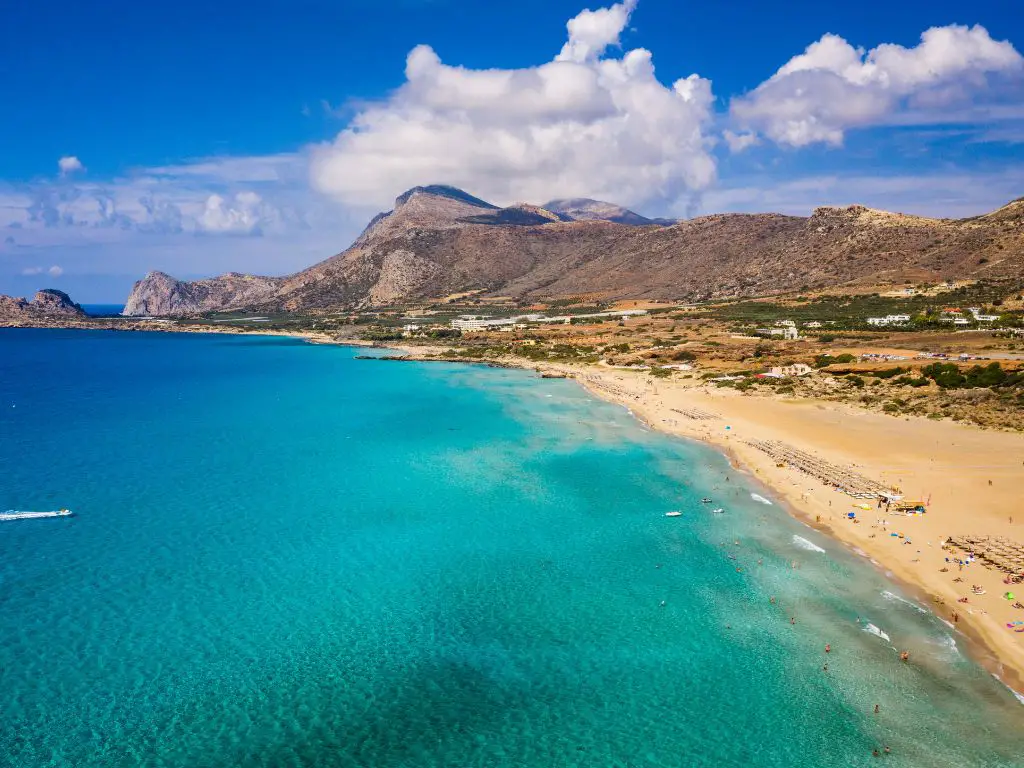

Gavdos
Crete might be an island, but this does not mean that it cannot have an island of its own. Gavdos is located on the south of the Chania region and has a permanent population of only 150 people. It is the southernmost point of Crete and the entire European continent! There is a chair in the cape of Tripiti that symbolizes that. Despite its small size, Gavdos is full of spectacular beaches; some of them are Sarakiniko, Agiannis, and Tripiti. During summertime, the island attracts plenty of tourists and is a popular choice for campers and naturalists.



